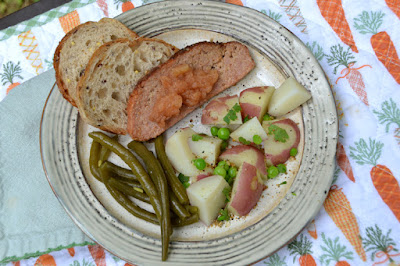Cooked whole grains offer unique tastes and textures to salads. Some restaurant salads include pasta, corn, quinoa or rice. This salad features rye, Kamut and sorghum whole grains.
The layered salad in a jar is what’s on the menu for Whole Grains Sampling Day- this one in a class for Life Long Learners on the last Wednesday of March. The objective of the annual event is to try a new whole grain. Most people who try a new whole grain will like it. Diversifying whole grains is good for the health of the microbiome and good for the environment.
Here are the layers starting from the bottom up:
Dressing (1 Tablespoon each lemon juice and olive oil, 1/2 teaspoon minced garlic and dash of salt)
Chopped radishes
Rye berry and red cabbage salad with caraway seed, Dijon mustard, cider vinegar and apple juice.
Chopped hard cooked eggs
Sorghum and beet salad with pistachios, red wine vinegar, apple juice and dash of pepper
Feta cheese
Kamut, carrot and raisin salad with orange juice, cinnamon and pecans
Spring mix
Portioned into a 2 cup jar, the portion of each layer is 3 tablespoons except feta cheese (2 tablespoon) and the final layer of greens which should fill the jar.
To eat, attach the lid, invert, shake then empty onto a plate.
Tentative whole grain accompaniments include King Tut bread (made with Kamut, millet and wheat flours)
Sourdough crackers made with rye and spelt flours
Oat flour and pumpkin bread
¼ cup carrots, peeled and shredded































